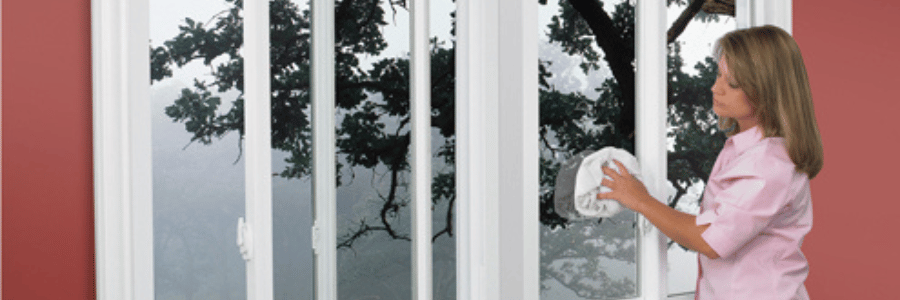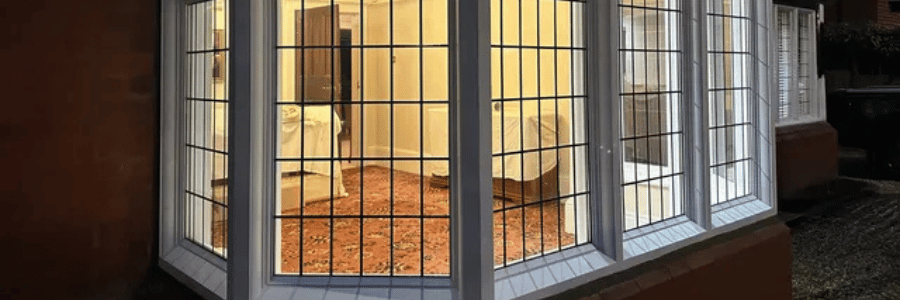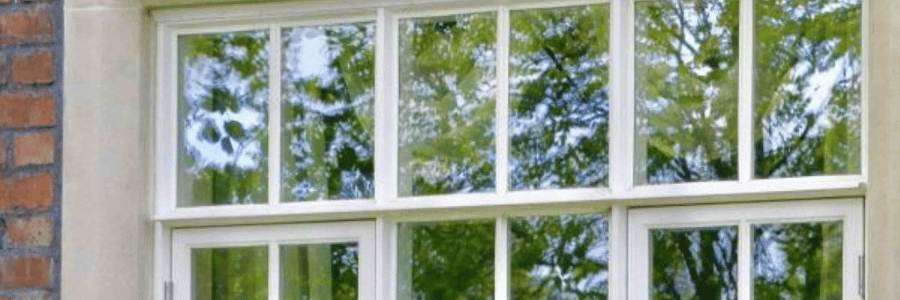When it comes to selecting windows for your home, there are many options to choose from—and two of the most popular choices are sliding windows and traditional sash windows. Both window types have their unique advantages, but they differ in terms of design, functionality, and maintenance. Understanding these differences will help you decide which window style best suits your home and lifestyle.
We will take a closer look at sliding windows and traditional sash windows, comparing their benefits and highlighting which might be the best fit for your home.
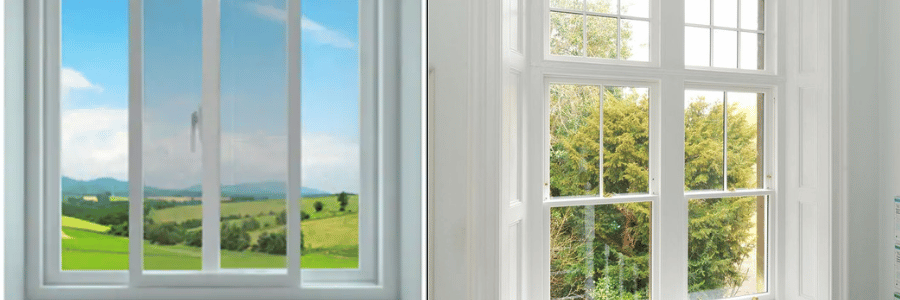
What Are Sliding Windows?
Sliding windows, as the name suggests, slide open horizontally along tracks, either with one or both sashes (panes of glass) moving. They are known for their sleek, modern design and smooth operation. Sliding windows are typically wider than they are tall, making them an excellent choice for spaces that require expansive views or ample natural light.
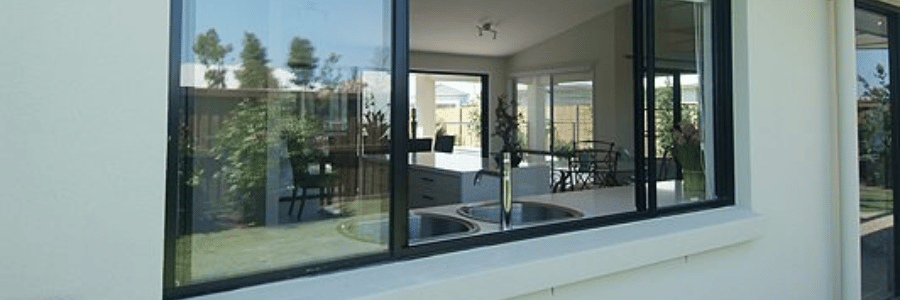
Advantages of Sliding Windows:
- Easy Operation: One of the main selling points of sliding windows is how easy they are to open and close. Unlike traditional sash windows, which require lifting or pushing, sliding windows simply glide along tracks with minimal effort.
- Low Maintenance: Sliding windows generally have fewer moving parts than sash windows, which means there’s less potential for wear and tear. They tend to require less maintenance over time, especially when it comes to the window’s hardware.
- Space-Saving: Since sliding windows don’t need to swing open like casement or double-hung windows, they’re an excellent choice for areas where space is limited, such as narrow hallways, kitchens, or rooms with outdoor furniture or landscaping close by.
- Modern Aesthetic: Sliding windows have a contemporary look that works well in modern or minimalist home designs. Their clean lines and large glass panes help create a sleek and unobstructed view of the outdoors.
Disadvantages of Sliding Windows:
- Limited Ventilation: While sliding windows are great for letting in fresh air, the ventilation they provide is typically limited to half the window opening (unless both sashes are operable). This can be a downside if you want maximum airflow.
- Track Maintenance: Sliding windows are dependent on smooth tracks to function properly. Over time, dirt and debris can accumulate, causing the window to become difficult to open or close. Regular cleaning is essential to maintain easy operation.
- Potential for Drafts: If the seals or tracks are damaged, sliding windows can develop gaps, leading to drafts. Over time, the window can become less energy-efficient unless properly maintained.
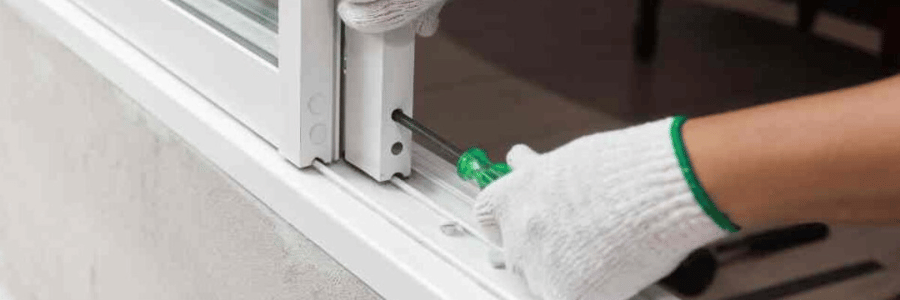
What Are Traditional Sash Windows?
Traditional sash windows, often seen in classic or historic homes, feature two vertical sashes (the movable panes of glass) that slide up and down within a frame. The top and bottom sashes can either be fixed or operable, allowing for some level of ventilation and airflow. Sash windows are typically crafted from wood, though modern versions can also be made from vinyl or fiberglass for added durability.
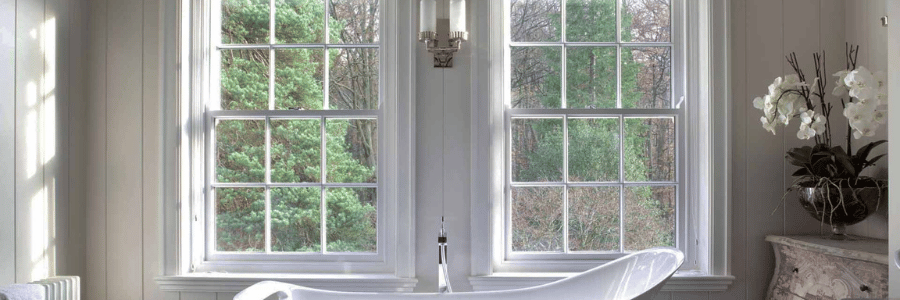
Advantages of Traditional Sash Windows:
- Classic Charm: Sash windows have a timeless, traditional aesthetic that can enhance the character of older homes or add classic appeal to newer constructions. Their multi-paned designs often evoke historical architecture, adding to a home’s charm.
- Better Ventilation Options: Because both sashes can be opened simultaneously, sash windows allow for more flexible ventilation. You can open the top or bottom sash, or even both, to allow fresh air to flow freely through the room.
- Energy Efficiency: When properly sealed, traditional sash windows can provide excellent insulation, helping to keep the indoor temperature stable. Modern versions often come with weatherstripping to prevent drafts and improve energy efficiency.
- Customizable: Sash windows come in a variety of styles and sizes and can be customized with different glazing options, hardware, and finishes. They can fit a range of architectural styles, from colonial to Victorian to Georgian.
Disadvantages of Traditional Sash Windows:
- More Maintenance: Traditional sash windows are generally more maintenance-intensive than sliding windows, particularly if they are made from wood. They can warp, swell, or rot over time, requiring periodic upkeep. The window’s pulleys, ropes, and balances may also wear out, which can make the window difficult to operate.
- Higher Installation Costs: The craftsmanship required to manufacture and install traditional sash windows often leads to higher initial costs compared to sliding windows. Additionally, the materials and design complexity can increase the overall price.
- Space Requirements: Because sash windows slide vertically, they need enough clearance above and below the window for the sashes to move up and down. This can limit their placement, particularly in areas with limited vertical space or under a low ceiling.
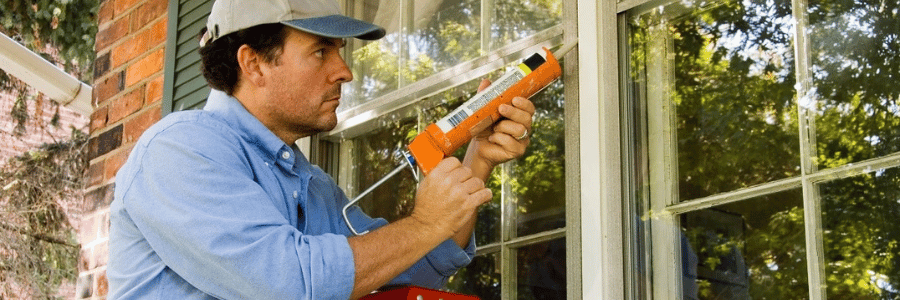
Factors to Consider When Choosing Between Sliding and Sash Windows
1. Home Style & Aesthetic
- Sliding Windows: If you’re building or renovating a modern home, sliding windows are an excellent choice. Their minimalist, contemporary design pairs well with clean lines and open spaces. They’re also a great option for homes with large, expansive views that you want to frame without obstruction.
- Traditional Sash Windows: For homes with a classic or historic aesthetic, sash windows are an iconic choice. They’re often found in period homes, offering old-world charm that can’t easily be replicated by other window styles. If you’re restoring an older home or building a home with a traditional look, sash windows are the way to go.
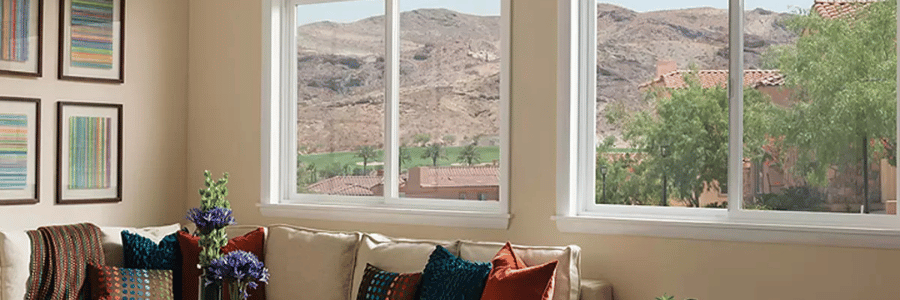
2. Ventilation Needs
- Sliding Windows: While they do allow ventilation, the ability to open just half of the window means they’re not as effective in promoting airflow compared to sash windows. If you need significant ventilation, sliding windows may fall short.
- Traditional Sash Windows: With both sashes that can open, sash windows allow more flexible and effective ventilation. Whether you want to create a draft by opening the top or bottom sash, or a combination of both, sash windows offer greater control over the flow of air.
3. Ease of Use
- Sliding Windows: Sliding windows are incredibly easy to use, with smooth tracks that let you open or close them with minimal effort. They’re especially good for larger windows or places where opening a window might be difficult (e.g., above a sink or countertop).
- Traditional Sash Windows: Although they’re a bit more challenging to operate than sliding windows, traditional sash windows still provide a good level of ease, especially with modern upgrades like spring balances or cord-and-weight systems that make them easier to open and close.
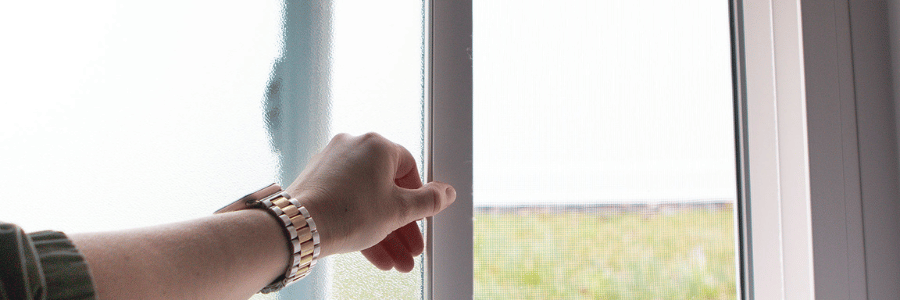
4. Energy Efficiency
- Sliding Windows: Sliding windows tend to be energy-efficient, particularly when you choose double-glazed options. However, as the track and seal wear out, you may experience air leaks that reduce energy efficiency over time.
- Traditional Sash Windows: Well-maintained sash windows, especially those with modern weatherstripping, can be very energy-efficient. They offer great insulation, but because they have moving parts and are often made of wood, they require more maintenance to keep them functioning efficiently.
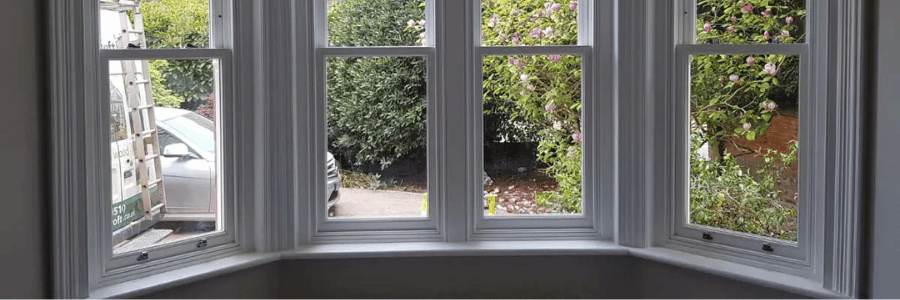
5. Maintenance
- Sliding Windows: These windows require less maintenance, especially in terms of the hardware and moving parts. However, you will need to clean the tracks regularly to avoid build-up and ensure smooth operation.
- Traditional Sash Windows: While sash windows offer a vintage appeal, they do require more maintenance, especially if they are made from wood. Regular upkeep of the wood and hardware is necessary to ensure their longevity and function.
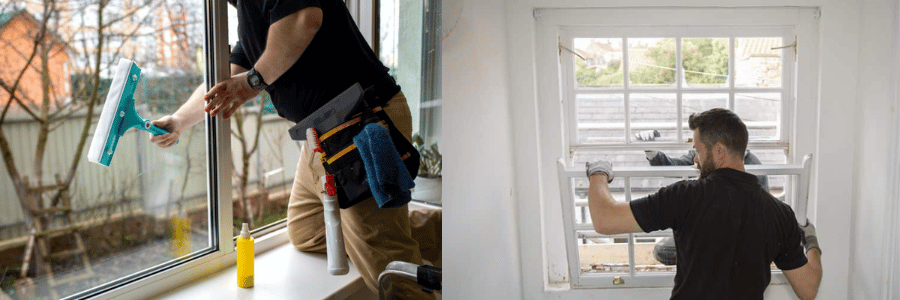
Conclusion: Which is Right for Your Home?
Both sliding windows and traditional sash windows offer distinct advantages, so the right choice will depend on your specific needs, home style, and preferences.
- Choose Sliding Windows if you want easy operation, a modern aesthetic, minimal maintenance, and space-saving functionality.
- Choose Traditional Sash Windows if you value classic charm, flexible ventilation options, and are willing to invest in the maintenance and upkeep of a traditional window design.
In the end, whether you prefer the sleek simplicity of sliding windows or the nostalgic appeal of traditional sash windows, both options offer a timeless way to brighten up your home with natural light and fresh air. The key is to choose the window style that fits your home’s design, lifestyle, and long-term needs.

